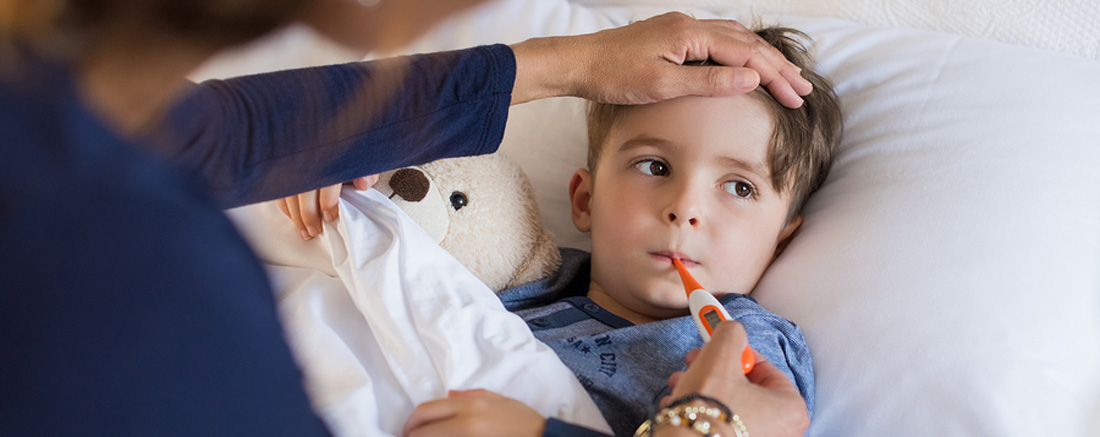
Signs and Symptoms of Earaches and Ear Infections
An ear infection is an inflammation of the middle ear, usually caused by bacteria, that occurs when fluid builds up behind the eardrum. Anyone can get an ear infection, but children get them more often than adults. Five out of six children will have at least one ear infection by their third birthday. In fact, ear infections are the most common reason parents bring their child to a doctor. The scientific name for an ear infection is otitis media (OM).
How Do I Know if My Child Has an Earache?
Here are some signs to look for in your child to identify an ear infection:
- Tugging or pulling at the ear(s)
- Fussiness and crying
- Trouble sleeping
- Fever (especially in infants and younger children)
- Fluid draining from the ear
- Clumsiness or problems with balance
- Trouble hearing or responding to quiet sounds
When Should I Call the Doctor?
It's important to call your pediatrician if your child has a fever, and also:
- Looks very ill, is unusually drowsy or very fussy
- Has been in a very hot place, such as an overheated car
- Has other symptoms, such as a stiff neck, severe headache, severe sore throat, severe ear pain, an unexplained rash, or repeated vomiting or diarrhea
- Has immune system problems, such as sickle cell disease or cancer, or is taking steroids
- Has had a seizure
- Is younger than 3 months (12 weeks) and has a temperature of 100.4°F (38.0°C) or higher
- Fever rises above 104°F (40°C) repeatedly for a child of any age
What are Some Common Causes of Earaches?
Most fevers are caused by a new infection. Below is a list of common causes.
- Viral Infections. Viruses cause 10x more infections than bacteria. Colds, flu and other viral infections are the most common cause of a fever. Fever may be the only symptom for the first 24 hours so monitor the length of the fever. The start of viral symptoms, like runny nose, cough or loose stools, is often delayed.
- Bacterial Infections. Strep throat is a common cause of an unexplained fever. Keep a watchful eye for other signs of strep, like trouble swallowing or sore throat. Other examples of bacterial infections are bladder infection, which are most common in girls.
- Vaccine Fever. Fever often comes within 12 hours of being vaccinated and can last 2 to 3 days. This is normal and harmless. It means the vaccine is working.
- Newborn Fever. Fevers in infants during the first 3 months of life can be serious. Be sure to call your doctor immediately if your child under 3 months is running a fever.
- Meningitis. Meningitis is a bacterial infection of the membrane that covers the spinal cord and brain. The main symptoms of this infection are a stiff neck, headache and confusion. Younger children will be lethargic, irritable and usually inconsolable. See a doctor immediately.
- Overheating. Fevers as a result of overheating are usually not too serious. These types of fevers can happen during heat waves or even from being overdressed. Your child's temperature will become normal in a few hours after moving to a cooler place. Children can also run a fever as a result of hard exercise. Be sure to hydrate your child with extra fluids to reduce the fever.
- Teething. Research actually shows that teething does not cause fevers.


